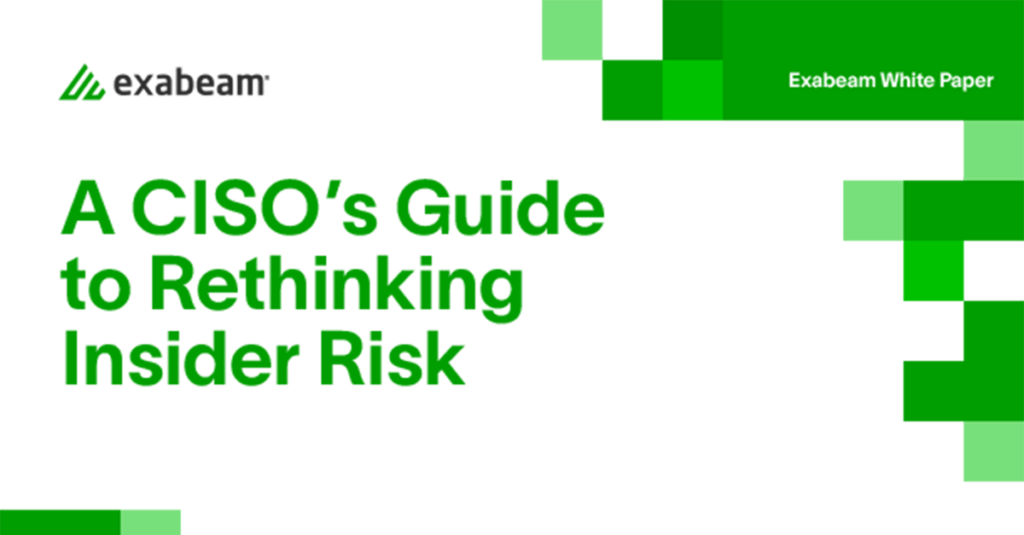The cybersecurity landscape is ever-changing, and as organizations invest more in external threat prevention, many are overlooking a critical vulnerability: insider threats. In this blog series, we’ll explore the complex nature of these threats, their prevalence, and the various types of insiders who pose a risk to your organization’s security. Additionally, we’ll delve into key strategies for mitigating insider threats. By the end of this series, you’ll be equipped with valuable insights and practical guidance to help protect your organization from the potentially devastating consequences of insider threats.
In this first post, we’ll examine the prevalence of insider threats, the impact on organizations, and why it’s essential to prioritize this issue in your cybersecurity strategy.
In this article:
- The prevalence of insider threats
- Understanding the insider threat landscape
- The impact of insider threats
The prevalence of insider threats
The cybersecurity landscape constantly evolves, with businesses confronting numerous external threats. The 2022 Verizon Data Breach Investigations Report reveals that 80% of breaches originate from outside organizations, causing some to underestimate the significance of insider threats. However, these threats cannot be disregarded.
The cybersecurity community acknowledges that internal breaches, measured by the number of compromised records, are more than ten times larger than external breaches. Insider threats pose a considerable and persistent challenge, with a 44% increase in incidents in just two years.
Effectively addressing insider threats calls for comprehensive strategies, including employee training, robust frameworks, behavior-based detection, and automation. A successful approach necessitates collaboration and interdisciplinary efforts that extend beyond security operations. Transparent charters outlining roles and responsibilities strengthen strategies for threat detection, investigation, and response (TDIR).
Understanding the insider threat landscape
Insider threats can be challenging to detect, as they often involve trusted employees or contractors with legitimate access to an organization’s systems and data. These individuals have the potential to cause significant damage due to their intimate knowledge of the organization’s inner workings. Insider threats can be broadly categorized into three types:
- Malicious Insiders (26% of incidents) — Motivated by various factors such as financial gain, grudges, espionage, or opportunism, malicious insiders intentionally harm their organizations. The rise of remote and distributed workforces has made it more challenging to detect and mitigate these threats.
- Negligent Insiders (56% of incidents) — These individuals unintentionally create security risks due to carelessness, lack of training, or failure to follow security policies. The pushback against security protocols or the use of “shadow IT” can exacerbate these issues.
- Compromised Insiders (18% of incidents) — The costliest type of insider incident occurs when an external threat actor compromises an insider’s credentials or internal systems. This blurs the line between internal and external threats, as the outsider is now operating with legitimate insider access.
The impact of insider threats
Although external breaches are more common, internal breaches have a significantly larger median size, compromising more than ten times more records than their external counterparts. This discrepancy underscores the potentially severe consequences of neglecting insider threats. Additionally, insiders have trusted access and can often hide their activities for months or even years, making these incidents harder to detect and increasing their overall impact.
Conclusion
While external threats certainly warrant attention, organizations must not neglect the significance of insider threats. In our next blog post, we’ll explore strategies to mitigate these risks.
To learn more, read the complete CISO’s Guide to Rethinking Insider Threats
Discover insights and strategies to tackle insider threats in your organization in our comprehensive white paper. This essential guide offers valuable information on understanding and addressing insider threats, equipping you with practical tools and frameworks to enhance your organization’s security posture.
You’ll learn about:
- The growing prevalence and impact of insider threats on organizations
- Techniques for securing team buy-in and the importance of training in mitigating insider threats
- Effective ways to track and manage insider behavior using a systematic approach and appropriate framework
- The critical role of collaboration among various departments in handling insider risk
Gain the knowledge you need to effectively rethink and address insider threats. Download the white paper now!

Similar Posts
Recent Posts
Stay Informed
Subscribe today and we'll send our latest blog posts right to your inbox, so you can stay ahead of the cybercriminals and defend your organization.
See a world-class SIEM solution in action
Most reported breaches involved lost or stolen credentials. How can you keep pace?
Exabeam delivers SOC teams industry-leading analytics, patented anomaly detection, and Smart Timelines to help teams pinpoint the actions that lead to exploits.
Whether you need a SIEM replacement, a legacy SIEM modernization with XDR, Exabeam offers advanced, modular, and cloud-delivered TDIR.
Get a demo today!












